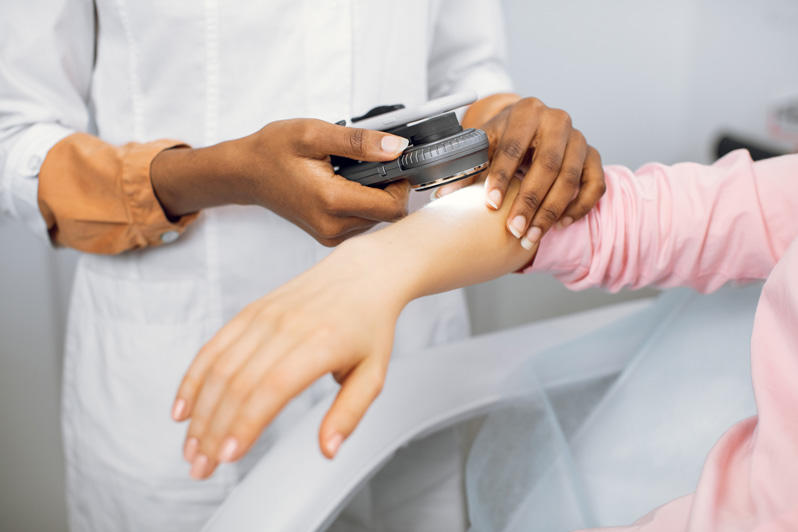Navigating Skin Cancer Therapy: The Vital Duty of Mohs in Modern Dermatology Practices
Skin cancer cells, a challenging diagnosis, frequently leaves individuals grappling with various treatment options. Amongst these, Mohs surgical procedure stands as a sign in modern dermatology, renowned for its careful strategy to cancer elimination and preservation of bordering healthy tissue. This ingenious method assures not just premium cosmetic results yet likewise supplies prompt outcomes, alleviating patient anxiety. As we explore the ins and outs of this treatment, one will certainly appreciate its crucial duty in skin cancer therapy.
Understanding Skin Cancer Cells: Types and Risks
Skin cancer cells, a potentially serious malady, is much much more prevalent than numerous individuals understand. This condition, triggered by the unchecked development of unusual skin cells, largely arises from DNA damage due to exposure to the sun and ultraviolet (UV) light. There are three major sorts of skin cancer: Basal cell carcinoma, Squamous cell cancer, and Melanoma. While the previous 2 are less lethal and make up most of diagnosed instances, cancer malignancy is one of the most dangerous. It represents just concerning 1% of skin cancer cases yet causes the huge majority of skin cancer cells fatalities - chemical peel. Threat aspects consist of fair skin, background of sunburn, extreme sunlight direct exposure, living at high altitudes or near to the equator, having lots of moles, a family members history of skin cancer, and compromised body immune system.
What Is Mohs Surgery and Exactly How It's Revolutionizing Skin Cancer Therapy
Despite the many treatments currently available for skin cancer cells, Mohs surgery stands out as a groundbreaking and extremely reliable solution. Called after Frederic E. Mohs, the medical professional who developed the treatment, Mohs surgery is an exact surgical technique made use of to treat skin cancer. This degree of precision, integrated with the capability to save as much healthy cells as possible, is transforming skin cancer treatment.
The Benefits of Mohs Surgical Treatment Over Standard Skin Cancer Treatments
Building on the cutting-edge nature of Mohs surgery, it's critical to consider its many advantages over typical skin cancer therapies. Unlike standard operating procedures, Mohs supplies a greater cure rate, commonly getting to 99% for new therapies and 94% for recurring cancers cells. This accuracy results from its unique strategy of gradually try this eliminating and taking a look at cells layers till just cancer-free cells remain (dermatologist). In addition, it minimizes damage to healthy and balanced skin, bring about much less scarring and boosted cosmetic outcomes. Mohs likewise gives immediate results, eliminating the anxiety-ridden wait typical with other approaches. It's affordable, as the surgical procedure and microscopic evaluation happen simultaneously, removing the demand for additional lab services. Hence, Mohs stands for a substantial development in dermatological techniques.
The Procedure of Mohs Surgical Procedure: What to Anticipate During the Refine

Prospective Adverse Effects and Post-Operative Treatment of Mohs Surgery
Going through Mohs surgical procedure, like any type of various other surgical treatment, entails potential side results that individuals must know. Common adverse effects include pain, bruising, and swelling at the surgical treatment website. However, these are generally momentary and convenient with non-prescription pain medication and cold pack. In rare cases, patients might experience infection, blood loss, or an allergy to the neighborhood anesthetic. Post-operative care is crucial to recovery and minimizing negative effects. This normally involves maintaining the wound clean and dry, taking proposed medicines, and preventing difficult activities. Patients must additionally go look at this site to all follow-up visits for injury treatment and tracking. In many cases, added therapies may be required to make certain full elimination of the cancerous cells. Sticking to these post-operative care standards can considerably enhance recuperation and results.
Conclusion
